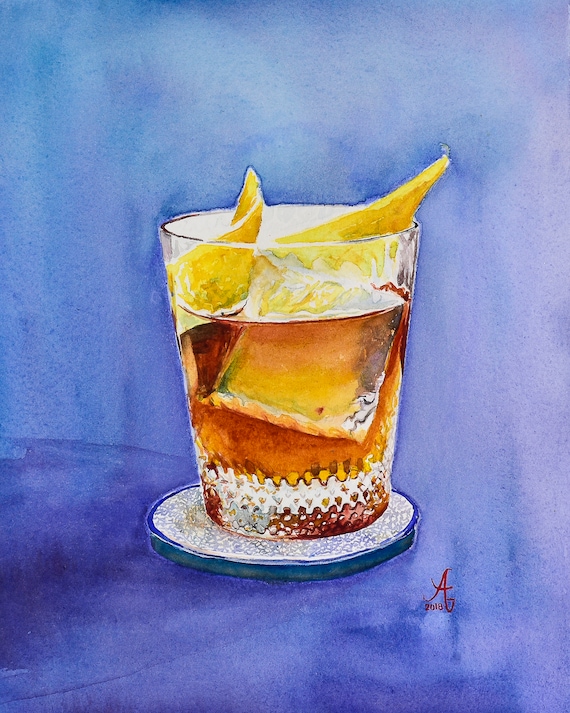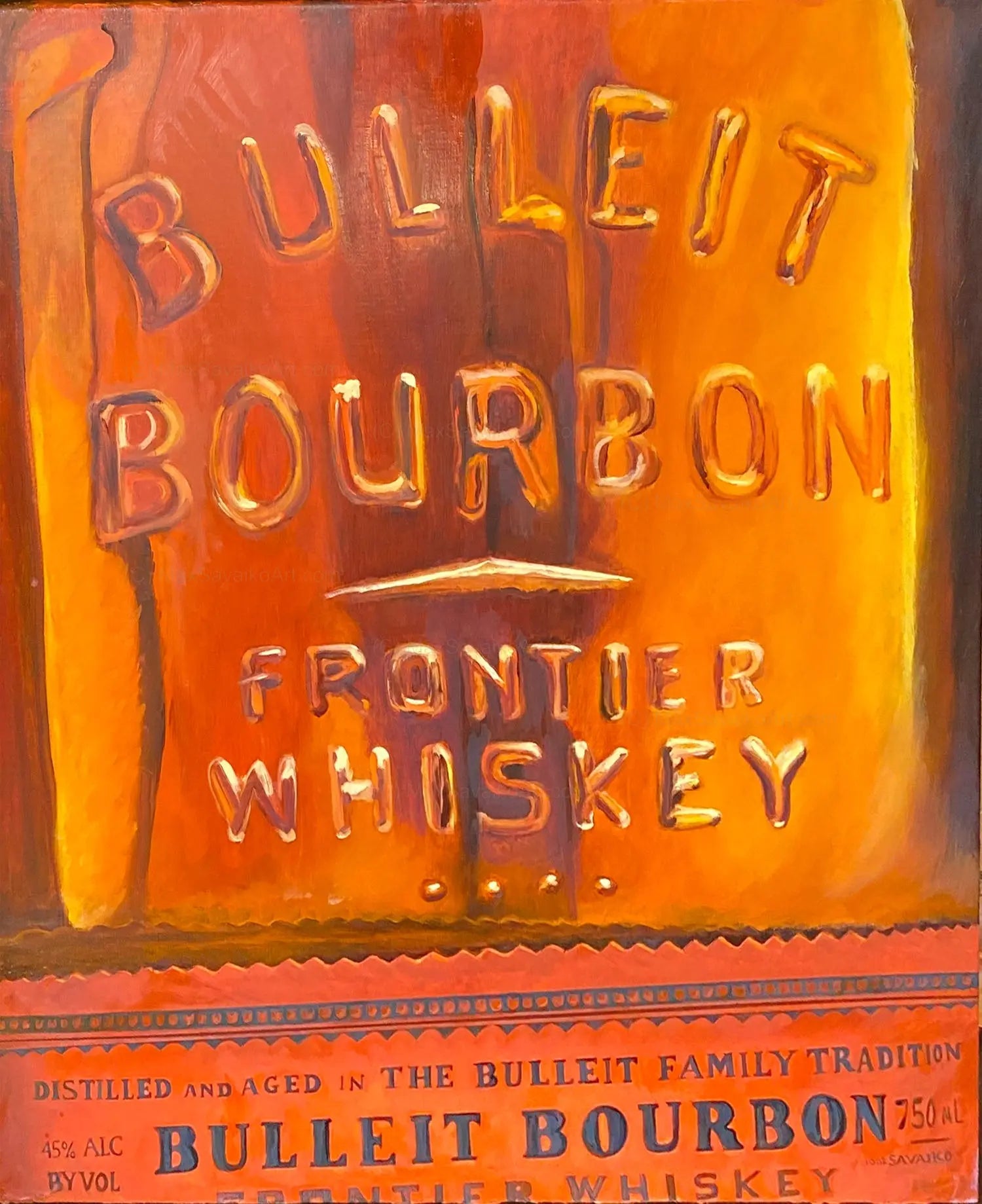Transform Your Space with Spectacular Whiskey Art Inspired by Nature
Transform Your Space with Spectacular Whiskey Art Inspired by Nature
Blog Article
The Importance of Whiskey Art in Celebrating Heritage and Craftsmanship in the Beverage Industry
The intricate partnership in between whiskey art and the celebration of heritage and workmanship within the drink market can not be overstated. Through attentively made labels and containers, scotch brands encapsulate their historic origins and the artisanal abilities that define their manufacturing methods.
The Historical Origins of Whiskey
At the heart of whiskey's allure exists a rich tapestry of historic roots that trace back to ancient civilizations. The origins of bourbon can be connected to the purification techniques of the Sumerians and Babylonians around 2000 BCE, where early forms of fermented grain beverages began to emerge. It was in the Center Ages that the art of distillation developed considerably, especially in Ireland and Scotland, leading to the development of whiskey as we understand it today.
The term "scotch" itself acquires from the Gaelic word "uisce beatha," indicating "water of life." This expression emphasizes the cultural importance of scotch in Celtic societies, where it was usually connected with routines, celebrations, and common bonding. By the 15th century, purification became an acknowledged craft within monastic areas, paving the means for the establishment of lawful distilleries.
As profession routes expanded, bourbon's popularity grew, transcending local borders and catching the passion of connoisseurs worldwide. Limited Edition. This historic trip mirrors not just the craftsmanship behind scotch manufacturing however likewise its indispensable function in social and social contexts, marking it as a considerable beverage throughout history
Artistic Expression in Branding
Bourbon branding stands as a compelling junction of artistry and business, where aesthetic identification plays a vital function fit customer assumption. The aesthetics of scotch tags, product packaging, and advertising materials mirror not only the brand's story but additionally its core values and heritage. Through imaginative expression, distilleries communicate a story that resonates with customers, evoking emotions and triggering links.
Using color, typography, and imagery in branding offers to separate products in a saturated market. Traditional concepts may stimulate a sense of credibility and craftsmanship, while contemporary designs can symbolize development and forward-thinking. This critical artistic instructions enhances brand name acknowledgment and loyalty, permitting consumers to create a personal connection with the bourbon they choose.
In addition, artistic expression in branding commonly acts as an event of local heritage. Distilleries frequently integrate neighborhood symbols or historic referrals into their styles, developing a local color that welcomes customers to take part in a wider social experience. Ultimately, the creativity behind scotch branding not just enhances visual charm however additionally enriches the general story of the brand name, cultivating a deeper gratitude for the craftsmanship and heritage ingrained in each container.
Workmanship in Container Design
The artistry apparent in whiskey branding prolongs past aesthetic identity to encompass the workmanship associated with container design. Each bottle functions as a vessel not just for the spirit within, but also for the tale it tells concerning its quality, origin, and tradition. The layout procedure calls for thorough focus to information, as components such as closure, material, and form add dramatically to the total assumption of the scotch.
Craftsmanship in bottle design entails picking top notch glass that can improve the scotch's color and quality, while additionally supplying a tactile experience for the consumer. The shape of the bottle should be both visually appealing and useful, usually mirroring the heritage of the my company brand. Many distilleries select special shapes or printed logo designs that evoke a feeling of authenticity and background.
Additionally, the label layout and typography play a vital function in communicating the brand name's story. Limited Edition. A well-crafted bottle not just captivates the customer's eye however additionally strengthens the brand's dedication to quality and custom. By doing this, the workmanship of bottle layout becomes an essential element of the bourbon experience, merging virtuosity with a profound regard for heritage
Cultural Relevance of Whiskey Art
Celebrating practice and craftsmanship, the social significance of scotch art goes beyond mere visual appeals, linking with the social and historical stories of the regions where it stems. Each bottle acts as a canvas, depicting the distinct tales, folklore, and customs that have actually shaped local whiskey-making methods. The intricate designs commonly mirror the heritage of the distillers, incorporating signs and concepts that resonate with the culture and values of their neighborhoods.

In addition, bourbon art plays a crucial role in common celebrations and events, working as a tangible web link between people and their shared experiences. By valuing the artistry in scotch product packaging, consumers grow a much deeper understanding and respect for the craft, eventually enriching their satisfaction of the beverage itself.
Modern Trends in Scotch Discussion
Over the last few years, the presentation of bourbon has actually developed to show modern tastes and patterns while still recognizing traditional craftsmanship - Limited Edition. Distilleries are increasingly focusing on aesthetic components that boost the overall drinking experience, connecting the void in between heritage and modernity
Innovative bottle styles have actually arised, often integrating sustainable products and imaginative tags that inform engaging stories. Numerous brands now work together with neighborhood musicians, instilling their items with unique visual expressions that resonate with consumers. Additionally, limited-edition releases are typically packaged in collectible containers, adding value and charm for lovers.

Verdict
In conclusion, whiskey art offers as an essential avenue for sharing the heritage and workmanship integral in the drink market. With elaborate branding, ingenious bottle designs, and culturally significant imaginative components, bourbon brand names efficiently recognize their practices and connect with consumers.


Craftsmanship in container layout includes choosing premium glass that can improve the whiskey's shade and quality, while likewise offering a tactile experience for the customer. In this method, the craftsmanship of container style ends up being an important facet of the bourbon experience, merging artistry with an extensive respect for heritage.
In conclusion, bourbon art serves as a vital avenue for revealing the heritage and craftsmanship integral in the beverage industry.
Report this page